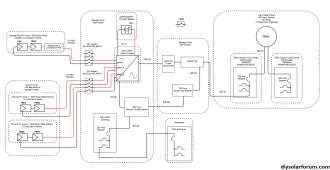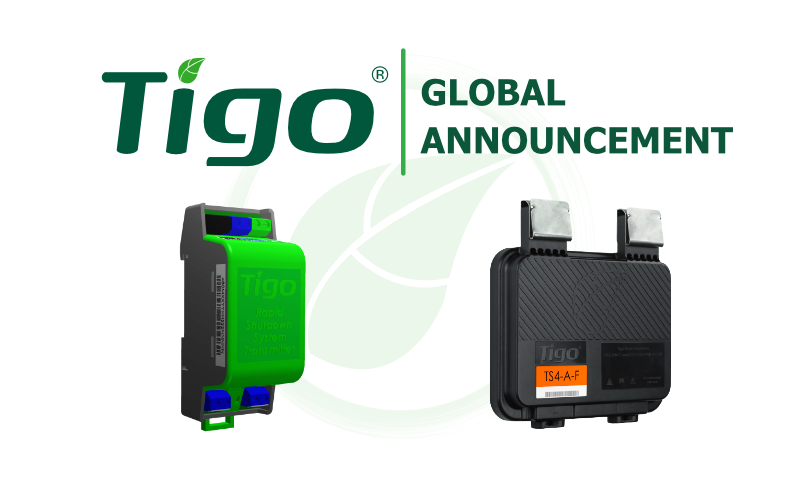I am planning a 14.6kw install using 36 SEG Solar 405w bifacial panels with an EG4 18kPV and a single PowerPro battery. The battery is mostly a nicety, we would be on inflow/outflow metering, don't lose power often and have a generator for longer power outages. I have started the 1-line diagram, attached below, looking for feedback and also have a few questions.
I will be doing whole home backup, and have been following the whole home backup using feeder tap in the manual. It states the main service breaker must be stand-alone, not a load-center, why? My outdoor load center has a 200a main breaker feeding a 225a busbar with feed through taps on the bottom feeding the MCP. It seems the 120% rule should apply, allowing 56 amps from the inverter.
12 panels will be on the garage roof, 24 will be ground mounted about 125 feet south of the garage, 50 feet south of the power panel. Where am I required to have DC isolators, can they be inside the garage near the inverter/MCP on the south wall?
Does the exterior RSD switch need to be located near the 200 amp main service disconnect in the outdoor load center, or can it be placed on the exterior wall where I plan to have the feeder tap, feeder tap breaker and inverter disconnect? Can I use 2 breakers, 1 of which is the feeder tap breaker, in place of the manual transfer switch?
I plan on APSmart RSD-Ds as it appears Tigo are not SunSpec and would require extra parts.
I appreciate all the help.
I will be doing whole home backup, and have been following the whole home backup using feeder tap in the manual. It states the main service breaker must be stand-alone, not a load-center, why? My outdoor load center has a 200a main breaker feeding a 225a busbar with feed through taps on the bottom feeding the MCP. It seems the 120% rule should apply, allowing 56 amps from the inverter.
12 panels will be on the garage roof, 24 will be ground mounted about 125 feet south of the garage, 50 feet south of the power panel. Where am I required to have DC isolators, can they be inside the garage near the inverter/MCP on the south wall?
Does the exterior RSD switch need to be located near the 200 amp main service disconnect in the outdoor load center, or can it be placed on the exterior wall where I plan to have the feeder tap, feeder tap breaker and inverter disconnect? Can I use 2 breakers, 1 of which is the feeder tap breaker, in place of the manual transfer switch?
I plan on APSmart RSD-Ds as it appears Tigo are not SunSpec and would require extra parts.
I appreciate all the help.
Attachments
Last edited:






